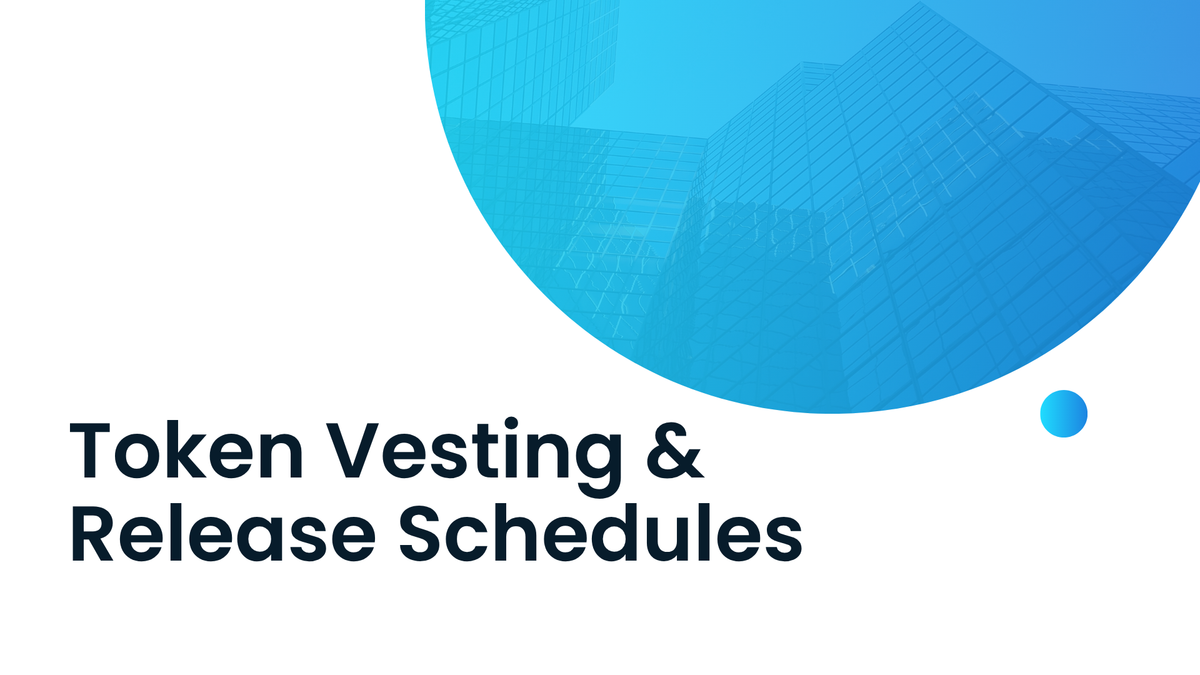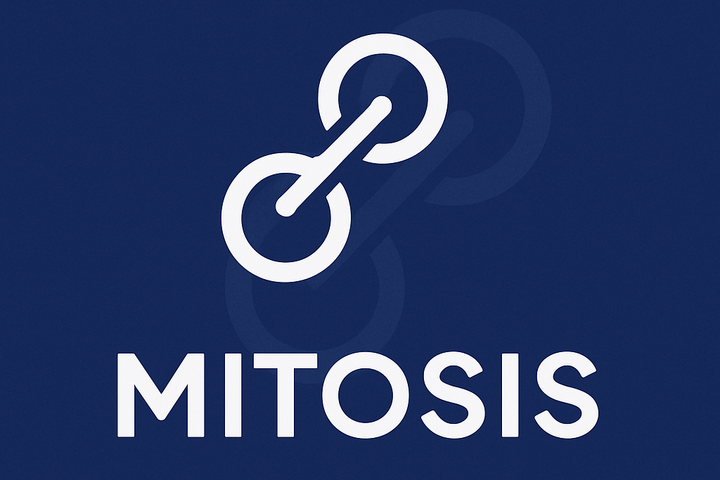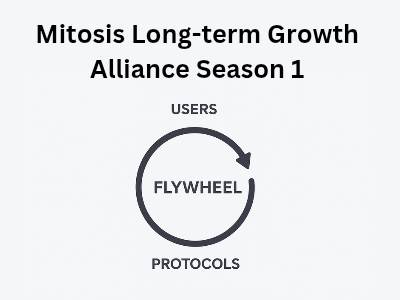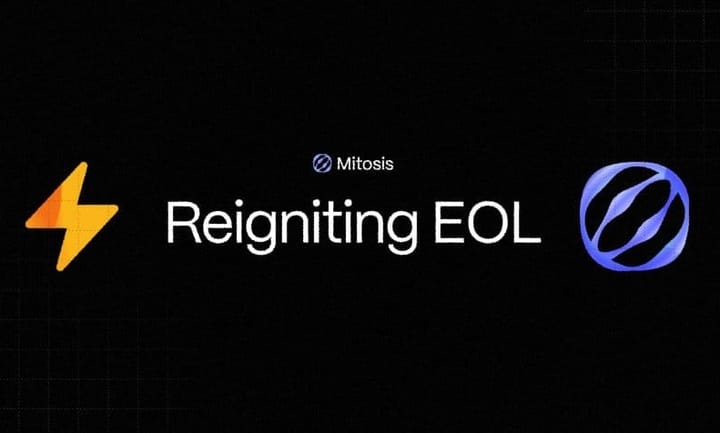Token Vesting & Release Schedules

Introduction
Token vesting and release schedules serve as the backbone of sustainable token economies in Web3 projects. By systematically unlocking allocated tokens over a predetermined period, these mechanisms ensure that contributors, ranging from core team members and advisors to early investors, remain aligned with the long-term vision of the project. Vesting schedules help prevent premature token sell-offs that can destabilize the market, while transparent release timelines cultivate trust among stakeholders and regulators.
Why Vesting Matters
- Alignment of Incentives: Vesting ties contributors’ interests to project success, discouraging short‑term speculation.
- Market Stability: Gradual token release prevents sudden supply shocks that can depress the price.
- Investor Confidence: Transparent schedules build trust among backers, showing discipline and foresight.
- Regulatory Compliance: Well‑documented vesting can support compliance in jurisdictions that scrutinize token distributions.
Common Vesting Structures
Web3 projects typically choose from three primary vesting models, each tailored to specific roles and strategic objectives.
- Cliff Vesting: Cliff vesting introduces a single lockup period at the beginning of the schedule, during which no tokens become available. After this initial cliff, often ranging from three to twelve months, the beneficiary receives a lump sum or portion of their allocation in one go. Cliff vesting is particularly well-suited for core team members, where the project may wish to verify contributor commitment before granting any tokens.
- Linear Vesting: Under linear vesting, tokens unlock incrementally and predictably over the vesting term, which can range from one to four years. For example, a contributor with a four-year schedule might receive one-twenty-fourth of their total allocation each month. This steady release fosters continuous engagement and ensures contributors remain invested throughout the project’s lifecycle.
- Graded Vesting: Graded vesting blends an initial cliff with subsequent incremental unlocks. Typically, an early tranche, such as 25% of the total allocation, vests after a short cliff, followed by monthly or quarterly releases for the remainder. This hybrid model balances immediate reward with sustained participation, making it ideal for advisors, partners, or early investors whose contributions vary in scope.
Designing a Release Schedule
When building a vesting plan, three pillars must guide your design: the overall timeline, the conditions under which tokens unlock, and the impact on token liquidity.
Timeline Considerations
- Role‑Driven Durations: Align the vesting term with the contributor’s expected tenure. Core team members often vest over two to four years, reflecting sustained commitment. Advisors might have shorter schedules (six to eighteen months), while strategic investors typically agree to one- to two-year lockups.
- Cliff Implementation: Introduce an initial lockup period (the “cliff”) of three to twelve months before any tokens unlock. This protects projects from early departures and verifies long‑term engagement before granting rewards.
Milestones and Performance Triggers
- Time‑Based Unlocks: Standard schedules divide token release into regular increments (e.g., monthly or quarterly), providing predictable incentives and market visibility.
- KPI‑Linked Releases: Tie token unlocking to concrete achievements, such as mainnet launches, revenue benchmarks, or user‑growth milestones, to reinforce accountability and align rewards with deliverables.
- Revocation and Pausing Clauses: Include clauses that allow token revocation or pausing in exceptional circumstances (e.g., breach of contract or force majeure), safeguarding both contributors and the project.
Liquidity and Supply Management
- Controlled Circulation: Model unlock curves to balance sufficient circulating supply for ecosystem needs against preventing supply shocks that depress token value.
- Emergency Provisions: Design revocable contracts or DAO‑governed pause mechanisms to react swiftly in market downturns or security incidents, preserving tokenomics integrity.
Technical Implementation
Effective on‑chain vesting relies on battle‑tested contract patterns and rigorous security controls.
Proven Vesting Contracts
- OpenZeppelin VestingVault: Widely adopted, audited library supporting cliffs, linear vesting, multi-recipient grants, and revocability.
- Third‑Party Libraries:
- Testing Plugins: Tools like Brownie-contrib and similar modules offer testing utilities and local simulation frameworks, but they are not audited, production-grade vesting contracts.
2. Audited Libraries: For secure, on-chain vesting deployments, rely on OpenZeppelin’s VestingWallet, which has undergone extensive audits and is battle-tested in live environments.
Custom Logic and Extensions
- Performance-Based Modules: Develop bespoke contracts that unlock tokens only when defined on‑chain events occur or off‑chain oracles confirm milestone completion.
- Multi-Signature Controls: Integrate multisig or DAO modules for administrative functions, ensuring that revocation, pausing, or parameter changes require collective approval.
Security Best Practices
- Access Controls: Lock critical functions behind multisig wallets or governance timelocks to prevent unauthorized changes.
- Reentrancy Guards: Protect unlock routines with anti-reentrancy patterns to thwart recursive exploits.
- Overflow Protection: Leverage Solidity 0.8+ built‑in checks or audited libraries to eliminate arithmetic vulnerabilities.
- Immutable vs. Upgradeable: Choose immutable contracts for maximum security, or adopt proxy patterns with strict governance for future upgrades, each with trade‑offs in flexibility and risk.
Governance and Transparency
Transparent governance builds community trust and ensures a fair process for all stakeholders.
- Public Documentation: Publish vesting schedules, contract addresses, and unlock charts on official websites and governance forums.
- Regular Reporting: Issue quarterly summaries of vested versus locked tokens, upcoming unlock events, and any revocations or amendments.
- Community Voting: Empower token holders to approve exceptional changes, such as schedule extensions or emergency pauses, through DAO proposals and on‑chain ballots.
- External Audits: Engage reputable security firms to audit vesting contracts and governance modules before and after deployment.
Case Studies
OpenZeppelin Token Vesting
OpenZeppelin’s Token Vesting contract remains the industry standard. It offers configurable cliffs, linear schedules, revocable options, and multi‑beneficiary support, streamlining deployment with audited, upgradable code.
Uniswap UNI Distribution
Uniswap launched 1 billion UNI tokens: 60% to community liquidity mining, 17.8% to team and advisors (vested via a two-year cliff followed by a two-year linear unlock), and 21.51% to investors, treasury, and grants.
Aave and Synthetix Approaches
- Aave: Primarily uses cliff-based vesting for its LEND-to-AAVE migrator allocation and ecosystem reserve, without direct linkage to governance vote epochs.
- Synthetix: Employs fixed linear vesting schedules for team and stakeholder allocations, maintaining predictable release rates regardless of staking activity.
Conclusion
A robust token vesting and release schedule is essential to sustainable tokenomics. By carefully planning timelines, integrating performance triggers, and leveraging secure contract patterns, projects can align contributor incentives, stabilize token supply, and foster long-term trust. Transparent governance and community participation further cement credibility, while case studies from leading DeFi protocols showcase proven models adaptable to diverse ecosystems.
References
- OpenZeppelin Contracts: TokenVesting – https://docs.openzeppelin.com/contracts/4.x/api/finance#TokenVesting
- Uniswap Blog: “Introducing UNI” – https://blog.uniswap.org/uni
- DeFiPrime: “Token Vesting: Everything You Need to Know” – https://defiprime.com/token-vesting-guide
- Hackernoon: “Token Vesting: The Ultimate Guide to Establish Vesting For Tokenomics” – https://hackernoon.com/token-vesting-the-ultimate-guide-to-establish-vesting-for-tokenomics
- Coinbase Learn: “What Does Vesting Mean in Crypto?” – https://www.coinbase.com/learn/crypto-glossary/what-does-vesting-mean-in-crypto
MITOSIS official links:
GLOSSARY
Mitosis University
WEBSITE
X (Formerly Twitter)
DISCORD
DOCS



Comments ()